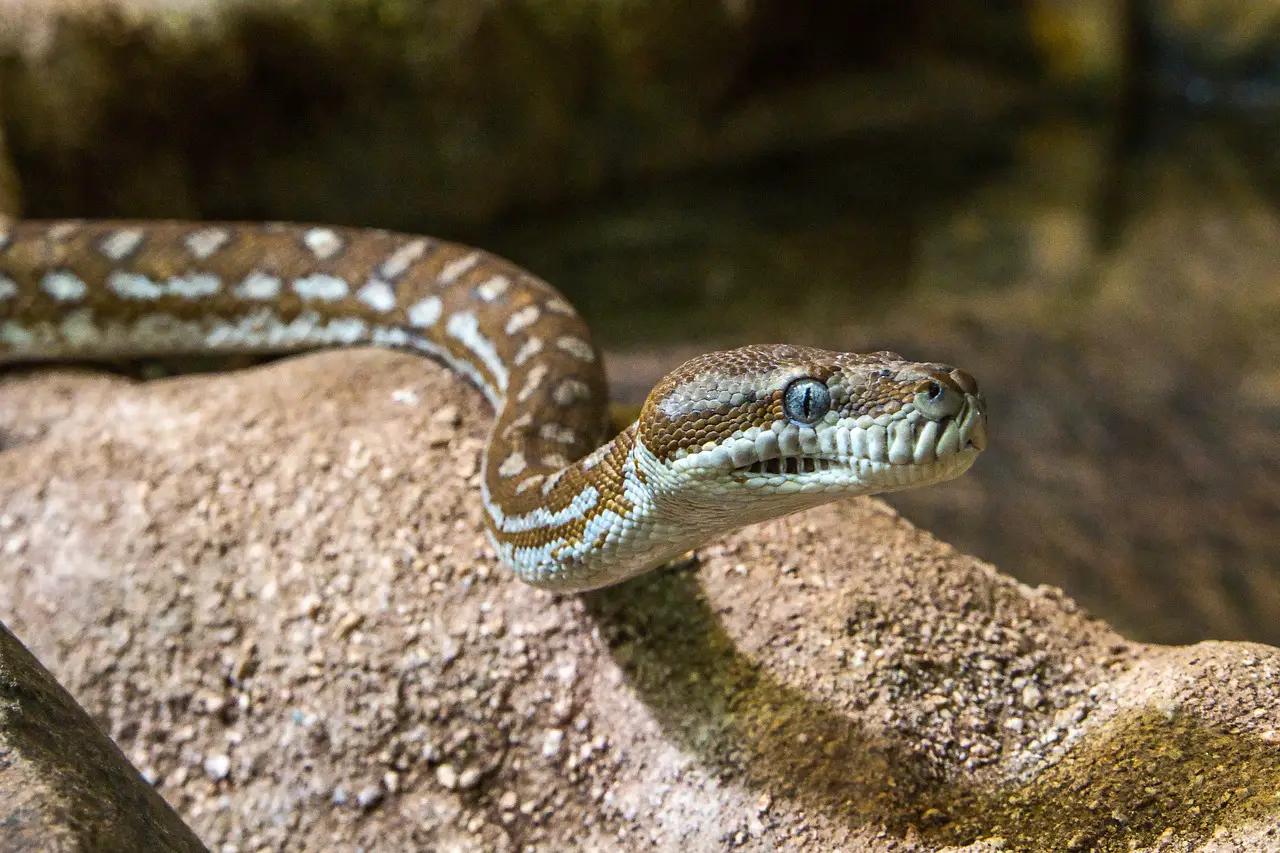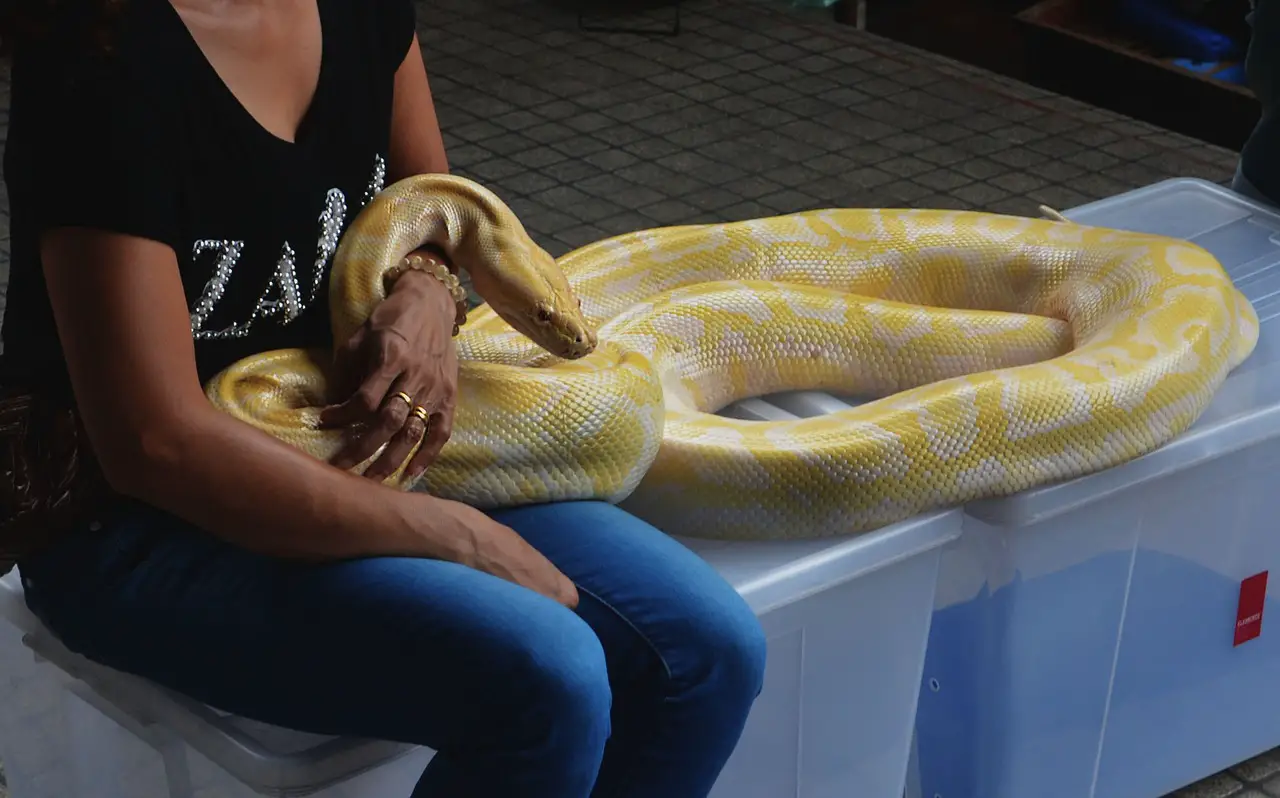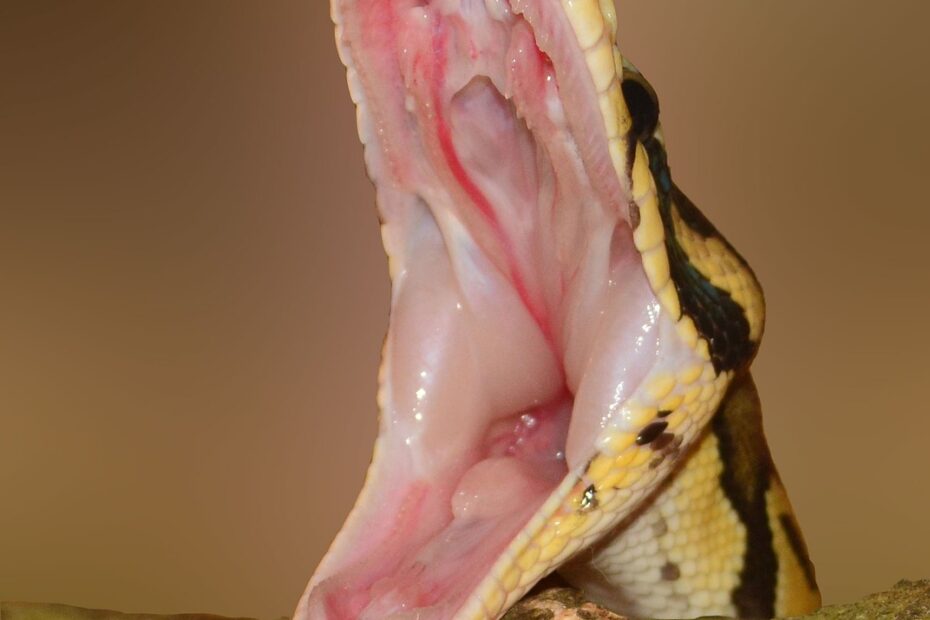Snakes, with their slithering grace and enigmatic presence, have fascinated and sometimes frightened humans for centuries. One of the most critical aspects of understanding snakes, especially for safety and conservation purposes, is distinguishing between venomous and non-venomous species.
In this blog, we will explore the key differences between venomous vs. non-venomous snakes, their roles in ecosystems, and the importance of coexisting with these remarkable reptiles.
You may also want to know how fast an alligator runs.
Venomous Snakes: The Predators with a Lethal Edge
Venomous snakes are equipped with specialized glands and fangs that allow them to deliver venom to immobilize and digest their prey. This venom typically contains a mixture of proteins and enzymes that break down the prey’s tissues, aiding in digestion. Here are some characteristics that define venomous snakes:

Venom Delivery Systems
Venomous snakes have evolved sophisticated venom delivery systems, consisting of venom glands, hollow fangs, and musculature that allows them to inject venom into their prey. Fangs can be located in the front or rear of the mouth, depending on the species.
Prey Capture
Venomous snakes use their venom primarily to immobilize and kill their prey, which can include small mammals, birds, other reptiles, and occasionally, even humans. Once the prey is subdued, the snake can safely consume it.
Defensive Mechanism
While venom is primarily used for hunting, venomous snakes may also use it defensively when threatened. They may deliver a “dry bite” without injecting venom or discharge venom as a last resort.
Examples of Venomous Snakes
Some well-known examples of venomous snakes include the rattlesnakes, cobras, vipers, and mambas. These snakes are distributed around the world and have adapted to a variety of habitats.
Non-Venomous Snakes: Masters of Constriction
Non-venomous snakes, as the name suggests, lack venomous glands and fangs for delivering venom. Instead, they rely on other strategies, such as constriction, to subdue their prey. Here are some characteristics that define non-venomous snakes:
Constriction
Non-venomous snakes use their bodies to overpower prey. They typically grab their prey with their teeth and then coil their bodies around it, constricting tightly to suffocate and immobilize it before swallowing it whole.
Varied Diets
Non-venomous snakes have a diverse diet that may include rodents, birds, insects, and other small animals. Their feeding habits vary depending on their size and the availability of prey.
Defense Mechanisms
Non-venomous snakes have developed various defense mechanisms to deter predators or threats. These include hissing, striking, or releasing a foul-smelling musk.
Examples of Non-Venomous Snakes
Numerous snake species fall into the non-venomous category, including the garter snakes, rat snakes, boas, and pythons. Some of the largest snake species in the world, like the anaconda and reticulated python, are non-venomous.
Venomous vs. Non-Venomous Snakes: Difference
Distinguishing between venomous and non-venomous snakes can be challenging, especially for those who are not experienced in snake identification. Here are some general guidelines to help you differentiate between the two:
Venomous vs. Non-Venomous Snakes: Head Shape
Venomous snakes typically have triangular or diamond-shaped heads, while non-venomous snakes often have more rounded or oval-shaped heads. This difference is due to the venom glands located behind the eyes of venomous species.

Venomous vs. Non-Venomous Snakes: Pupil Shape
The shape of the pupils can also be a useful indicator. Venomous snakes often have vertical, slit-shaped pupils, similar to a cat’s. In contrast, most non-venomous snakes have round pupils.
Venomous vs. Non-Venomous Snakes: Fangs
Examine the snake’s mouth if you can do so safely. Venomous snakes have specialized fangs designed for venom delivery. Non-venomous snakes lack these long, hollow fangs.
Venomous vs. Non-Venomous Snakes: Behavior
While behavior alone is not a foolproof indicator, venomous snakes tend to be more defensive and may assume a strike position when threatened. Non-venomous snakes are often more docile.
Venomous vs. Non-Venomous Snakes: Coloration and Patterns
Coloration and patterns can vary widely among snake species, both venomous and non-venomous. However, it’s essential to note that some non-venomous snakes mimic the appearance of venomous species to deter predators.
Range and Habitat
Knowing the range and habitat of snakes in your area can be helpful. Venomous species may have specific ranges and preferences for certain habitats, which can aid in identification.
The Ecological Roles of Snakes
Both venomous and non-venomous snakes play vital ecological roles in ecosystems:
Pest Control
Snakes, especially non-venomous species like rat snakes and garter snakes, help control rodent populations. This natural pest control reduces the need for chemical pesticides in agricultural areas.
Prey and Predator
Snakes are integral components of food webs. They serve as both prey for predators like birds of prey and predators themselves, helping to maintain the balance of ecosystems.
Seed Dispersal
Some snake species, like the false coral snake, consume fruit and disperse seeds through their droppings, contributing to plant diversity and regeneration.
Soil Aeration
Burrowing snake species, such as the gopher snake, help aerate the soil through their digging activities, which can benefit plant growth and nutrient cycling.
The Importance of Conservation
Snakes, like many other species, face numerous conservation challenges, including habitat loss, road mortality, and persecution due to unfounded fears. It is crucial to understand and appreciate the vital roles these creatures play in ecosystems and the need to conserve them.
Habitat Protection
Conserving and protecting natural habitats, such as forests, wetlands, and grasslands, is essential for snake conservation. These habitats provide food, shelter, and breeding sites for various snake species.
Education
Raising awareness about the importance of snakes in ecosystems and dispelling myths and misconceptions can help promote their conservation and improve human-snake interactions.
Responsible Pet Ownership
Many snakes are kept as pets, and the exotic pet trade can put pressure on wild populations. It is crucial to ensure that pet snakes are sourced ethically and that potential owners have the knowledge and resources to care for them properly.
Legal Protections
Enforcing and strengthening laws and regulations that protect snakes and their habitats can be an effective way to promote conservation efforts.
Coexisting with Snakes
While safety concerns are valid, it is possible to coexist peacefully with snakes by taking a few precautions:
Learn about Local Species
Familiarize yourself with the snake species in your area, their habits, and their potential dangers. Knowledge can help alleviate fear and promote understanding.
Keep a Safe Distance
If you encounter a snake, especially in the wild, maintain a safe distance and give it space to retreat. Snakes usually prefer to avoid confrontation.
Use Caution in Snake Habitats
When hiking or exploring snake habitats, watch where you step, and avoid reaching into areas where you cannot see, such as rock crevices or tall grass.
Secure Your Property
If you live in an area with a high snake population, take steps to snake-proof your property, such as sealing gaps in foundations and keeping your yard clear of debris.
Conclusion
Snakes, both venomous and non-venomous, are fascinating and essential components of our natural world. By understanding the distinctions between them and appreciating their ecological roles, we can better coexist with these incredible creatures. Conservation efforts to protect snakes and their habitats are crucial not only for their survival but also for maintaining the delicate balance of ecosystems.
So, the next time you encounter a snake, take a moment to appreciate the intricate beauty and ecological significance of these remarkable reptiles.
